We have provided our customers with high-efficiency soap bars for sale to bulk buyers all around the world. Soaps are very beneficial and are one our best-selling products for the past few years. All of the gentle soaps on the market accomplish the same general goal, which is to loosen impurities from the top layer of your skin. The mechanisms for removing dirt and the materials used to make each product are what set them apart. The filth that sits on the surface of your skin may be dissolved with the use of bar soap. It is possible for germs to form on your skin if you let dirt and perspiration combine with the natural oils that your body produces. These germs are removed from your skin along with the greasy layer that is broken up by bar soaps.  Body wash removes filth from your skin in the same way that hand soap does, but it also often includes a combination of substances that are designed to help cure common skin diseases. A body wash may help with a variety of skin issues, including dryness, blocked pores, and flaky skin. The washing procedure may often rob the skin of its natural moisture, and body wash often includes chemicals that aim to replenish this lost hydration. The shower gel is essentially a thinner and less moisturizing version of the mix used for body wash. It does not adhere to your skin in the same manner and has a tendency to only clean your skin rather than infusing it with elements that make it more hydrating. Which components a bar of soap should have and which ones it should not have There are some components of soap, regardless of the kind you choose to use in the shower, that should always raise a red signal for safety reasons. In addition, there are several common chemicals that contribute to the efficacy, gentleness, and moisturizing effects that soap has on your skin. Good ingredients Cleansing using glycerine, which is derived from plants, may help lock moisture into your skin barrier without depleting your skin of its natural oils.
Body wash removes filth from your skin in the same way that hand soap does, but it also often includes a combination of substances that are designed to help cure common skin diseases. A body wash may help with a variety of skin issues, including dryness, blocked pores, and flaky skin. The washing procedure may often rob the skin of its natural moisture, and body wash often includes chemicals that aim to replenish this lost hydration. The shower gel is essentially a thinner and less moisturizing version of the mix used for body wash. It does not adhere to your skin in the same manner and has a tendency to only clean your skin rather than infusing it with elements that make it more hydrating. Which components a bar of soap should have and which ones it should not have There are some components of soap, regardless of the kind you choose to use in the shower, that should always raise a red signal for safety reasons. In addition, there are several common chemicals that contribute to the efficacy, gentleness, and moisturizing effects that soap has on your skin. Good ingredients Cleansing using glycerine, which is derived from plants, may help lock moisture into your skin barrier without depleting your skin of its natural oils.  Exfoliants that come from natural sources, such as black walnut shells that have been pulverized to a fine powder, oatmeal, or the pits of apricots, are all effective in removing dead skin cells. There are a few essential oils that are often used in scented soaps: lemon oil rose oil essential oils of lavender and cedarwood. Coconut oil and sweet almond oil are two examples of moisturizing oils that also have additional characteristics that soften the skin. Shea butter and coconut butter are two types of butter that are often used in hypoallergenic soap formulations. These butter are suitable for individuals to use on their skin and have a long shelf life. Ingredients that should be avoided. Stay away from bar soaps that contain strong antibacterial ingredients. Triclosan is a potent antibacterial agent that was removed from the market by the FDA in the year 2016. That doesn’t mean you won’t ever find this component in goods made in other countries, however, so pay close attention to the labels on anything you buy. The Food and Drug Administration (FDA) has prohibited the use of 18 more substances that include antibacterial microbeads.
Exfoliants that come from natural sources, such as black walnut shells that have been pulverized to a fine powder, oatmeal, or the pits of apricots, are all effective in removing dead skin cells. There are a few essential oils that are often used in scented soaps: lemon oil rose oil essential oils of lavender and cedarwood. Coconut oil and sweet almond oil are two examples of moisturizing oils that also have additional characteristics that soften the skin. Shea butter and coconut butter are two types of butter that are often used in hypoallergenic soap formulations. These butter are suitable for individuals to use on their skin and have a long shelf life. Ingredients that should be avoided. Stay away from bar soaps that contain strong antibacterial ingredients. Triclosan is a potent antibacterial agent that was removed from the market by the FDA in the year 2016. That doesn’t mean you won’t ever find this component in goods made in other countries, however, so pay close attention to the labels on anything you buy. The Food and Drug Administration (FDA) has prohibited the use of 18 more substances that include antibacterial microbeads.  Preservatives made of chemicals called parabens are added to cosmetics in order to extend the amount of time they may be kept on store shelves. If you can help it, steer clear of products that contain parabens since there is some evidence suggesting that these preservatives may be connected to a variety of health problems including disruption in the endocrine system. If you suffer from allergies, you should probably steer clear of any goods that have “fragrance” or “parfum” among their ingredients. The Food and Drug Administration does not compel manufacturers of cleansers such as soap, body wash, or other types of cleansers to reveal the precise ingredients from which the aroma in their products is derived. This indicates that allergy triggers might possibly be hiding in the things that you use. Saponification, the process by which genuine soap is produced, is an entirely natural process. When oils, waxes, or butters are combined with sodium hydroxide, a chemical process called saponification takes place. This reaction results in the production of soap. During the process of saponification, there is no sodium hydroxide (also known as lye) remaining in the soap since it is entirely converted (isn’t chemistry amazing?!) Another wonderful byproduct of the saponification process is the formation of natural glycerin, which is retained in the soap and contributes to its mildness and ability to retain moisture. After being let to rest, or cured, for a number of weeks, the soap eventually transforms into a solid mass.
Preservatives made of chemicals called parabens are added to cosmetics in order to extend the amount of time they may be kept on store shelves. If you can help it, steer clear of products that contain parabens since there is some evidence suggesting that these preservatives may be connected to a variety of health problems including disruption in the endocrine system. If you suffer from allergies, you should probably steer clear of any goods that have “fragrance” or “parfum” among their ingredients. The Food and Drug Administration does not compel manufacturers of cleansers such as soap, body wash, or other types of cleansers to reveal the precise ingredients from which the aroma in their products is derived. This indicates that allergy triggers might possibly be hiding in the things that you use. Saponification, the process by which genuine soap is produced, is an entirely natural process. When oils, waxes, or butters are combined with sodium hydroxide, a chemical process called saponification takes place. This reaction results in the production of soap. During the process of saponification, there is no sodium hydroxide (also known as lye) remaining in the soap since it is entirely converted (isn’t chemistry amazing?!) Another wonderful byproduct of the saponification process is the formation of natural glycerin, which is retained in the soap and contributes to its mildness and ability to retain moisture. After being let to rest, or cured, for a number of weeks, the soap eventually transforms into a solid mass.  Lye was initially derived from wood ash, and the production of bar soap using this method dates back thousands of years. Animal fats and wood ash were often used in the production of traditional handmade soap. There are many different kinds of bar soap, and they are NOT all equivalent to one another. Common brands of bar soap are not truly soap at all. When you think of a bar of soap, you may automatically think of these brands. They behave more like a detergent and have the potential to be quite abrasive and dry to the skin. In most cases, they include dubious components and do not qualify as soap in any way, shape, or form. Take a moment to familiarise yourself with the following components of a soap Bar (note that they do not refer to it as soap): Sodium Lauroyl Isethionate, Stearic Acid, Sodium Tallowate or Sodium Palmitate, Lauric Acid, Sodium Isethionate, Water, Sodium Stearate, Cocamidopropyl Betaine, Sodium Cocoate Or Sodium Palm Kernelate, Fragrance, Sodium Chloride, Tetrasodium Edta, Tetrasodium Etidronate, Titanium Dioxide; Other Ingredients: Sodium Lauroyl.
Lye was initially derived from wood ash, and the production of bar soap using this method dates back thousands of years. Animal fats and wood ash were often used in the production of traditional handmade soap. There are many different kinds of bar soap, and they are NOT all equivalent to one another. Common brands of bar soap are not truly soap at all. When you think of a bar of soap, you may automatically think of these brands. They behave more like a detergent and have the potential to be quite abrasive and dry to the skin. In most cases, they include dubious components and do not qualify as soap in any way, shape, or form. Take a moment to familiarise yourself with the following components of a soap Bar (note that they do not refer to it as soap): Sodium Lauroyl Isethionate, Stearic Acid, Sodium Tallowate or Sodium Palmitate, Lauric Acid, Sodium Isethionate, Water, Sodium Stearate, Cocamidopropyl Betaine, Sodium Cocoate Or Sodium Palm Kernelate, Fragrance, Sodium Chloride, Tetrasodium Edta, Tetrasodium Etidronate, Titanium Dioxide; Other Ingredients: Sodium Lauroyl.  A bar of soap will be strong and durable after curing for at least 4 weeks. If you keep homemade soap correctly, it may last a month in your shower. You are able to place an order for soaps from our production facility with ease, and you can be certain that we have employed ingredients and raw materials of the highest possible quality, in addition to using a completely automated manufacturing method.
A bar of soap will be strong and durable after curing for at least 4 weeks. If you keep homemade soap correctly, it may last a month in your shower. You are able to place an order for soaps from our production facility with ease, and you can be certain that we have employed ingredients and raw materials of the highest possible quality, in addition to using a completely automated manufacturing method.

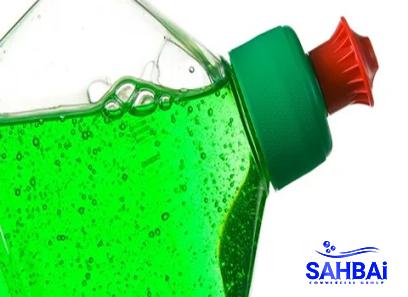
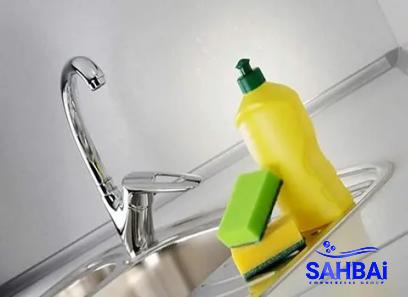
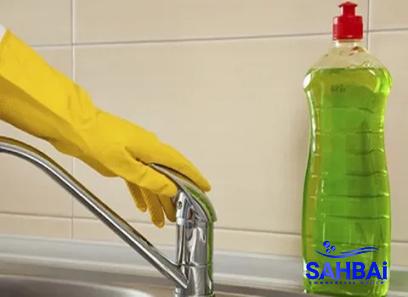
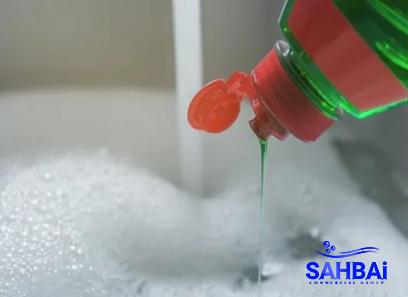
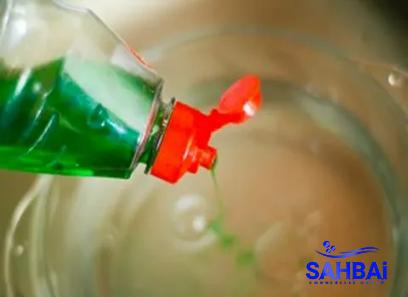
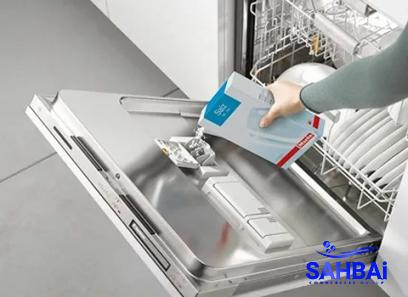
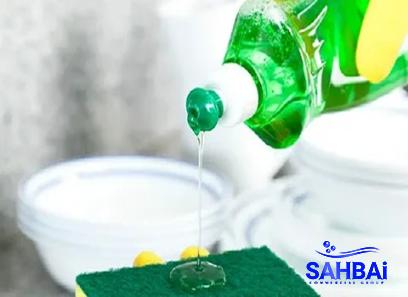
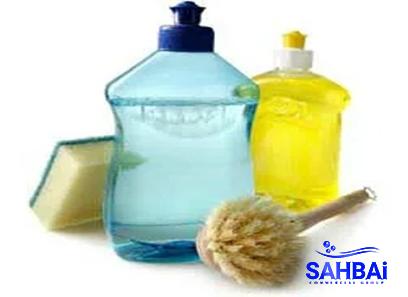
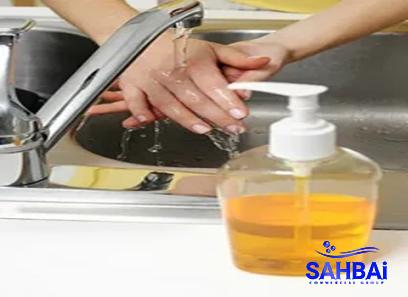
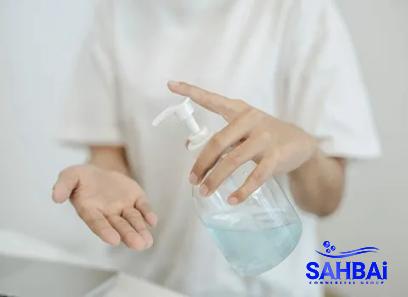
Your comment submitted.